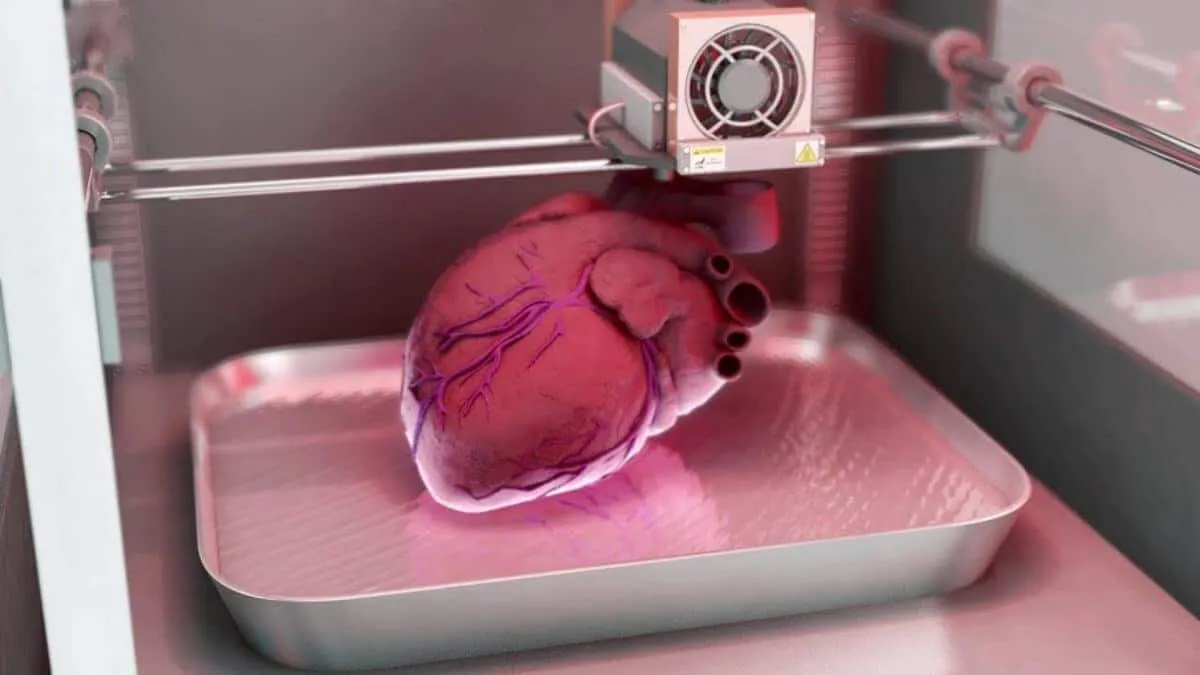AI Technology Revolutionizes the 3D Printing of Human Organs

AI Technology in 3D Printing
AI is ushering in a new era of 3D printing, with US scientists at Washington State University employing advanced methods to explore the creation of human organs. This groundbreaking research utilizes Bayesian Optimization, an AI technique that enhances the speed and accuracy of printing intricate organ structures.
Developments in AI-Driven Techniques
The WSU research team successfully trained an AI algorithm to print accurate models of kidneys and prostates, producing an impressive 60 refined versions. This marks a significant leap over traditional methods, showcasing a potential revolution in how we approach organ modeling.
Challenges and Solutions in 3D Printing
- Material Considerations: Choosing the right materials for organ models is crucial.
- Printer Configurations: Optimization of printer settings can dramatically impact outcomes.
- Nozzle Dispensing Pressure: Balancing pressure is essential for effective printing.
Future Implications of AI in 3D Printing
The applications of AI-enhanced 3D printing extend far beyond medicine. In sectors such as aviation and automotive design, 3D-printed models can serve as critical training tools and prototypes.
Overall, AI’s integration into 3D printing promises transformative changes across various industries.
This article was prepared using information from open sources in accordance with the principles of Ethical Policy. The editorial team is not responsible for absolute accuracy, as it relies on data from the sources referenced.